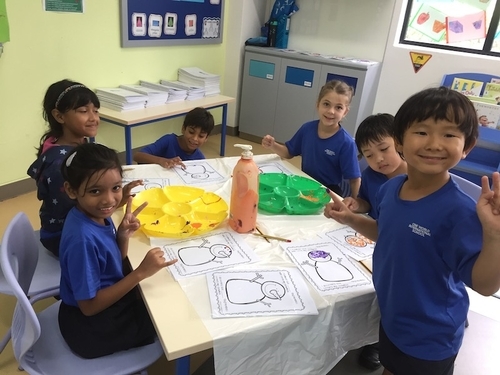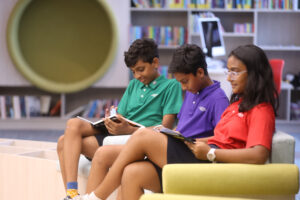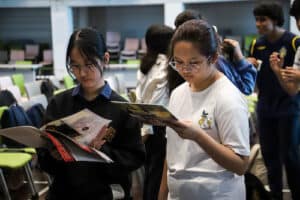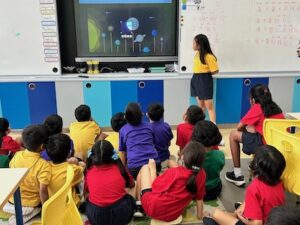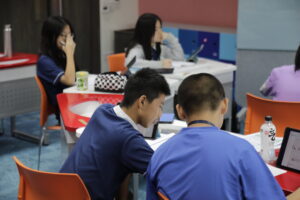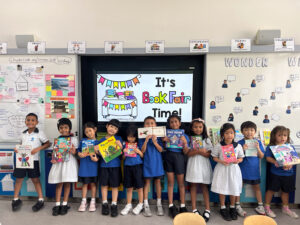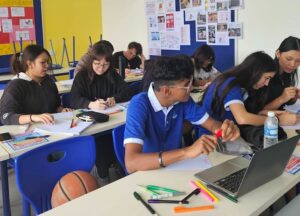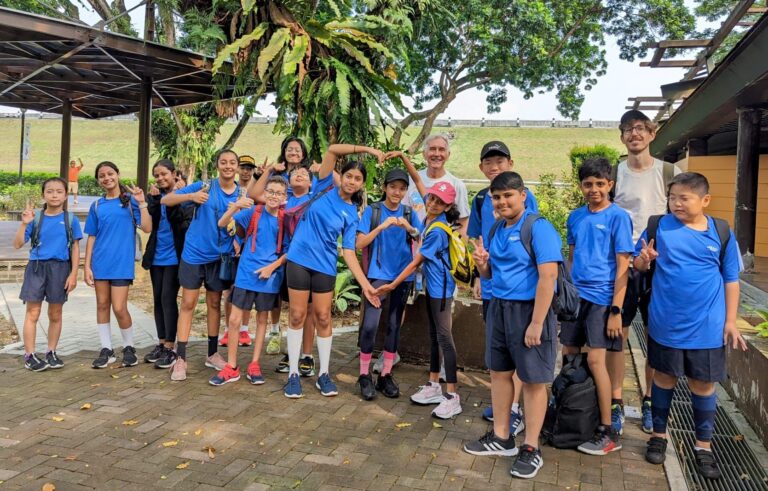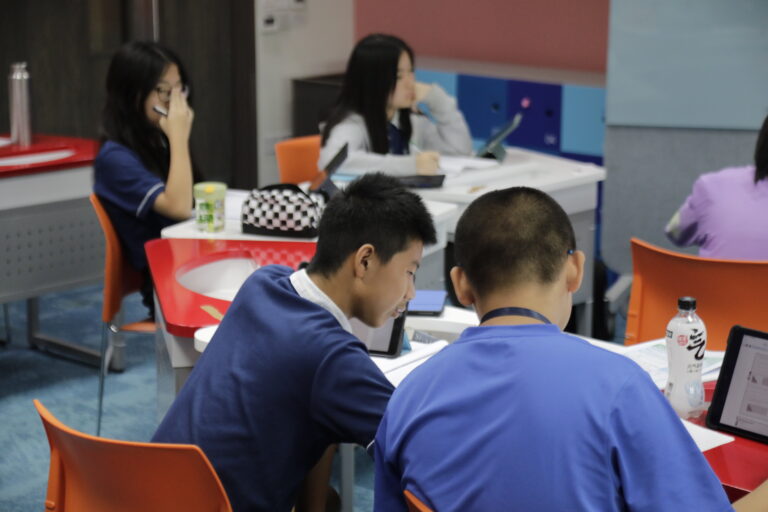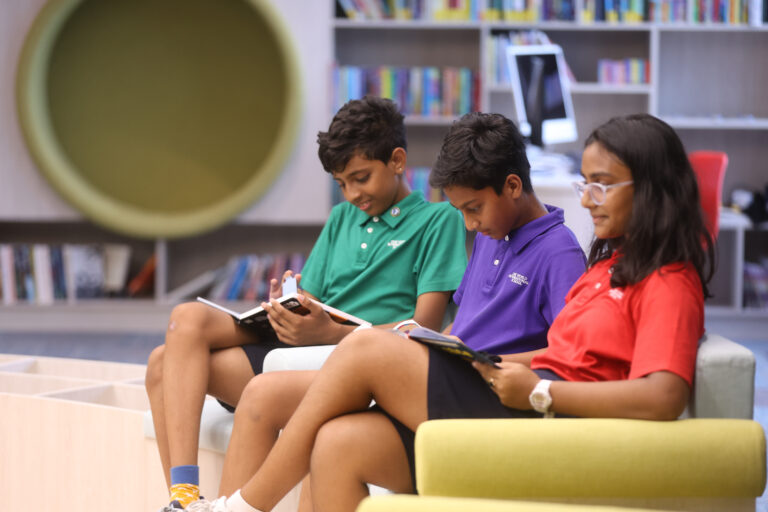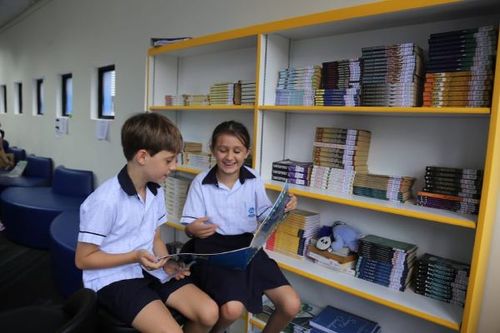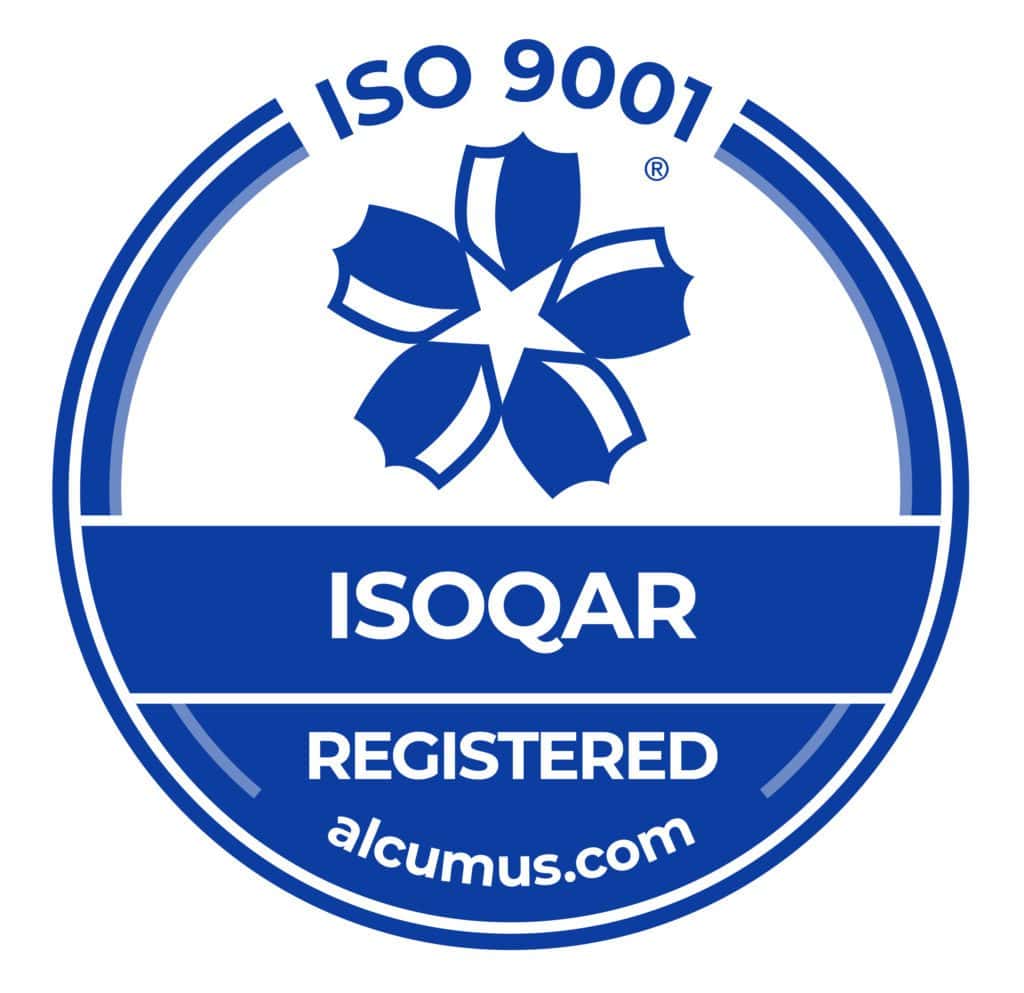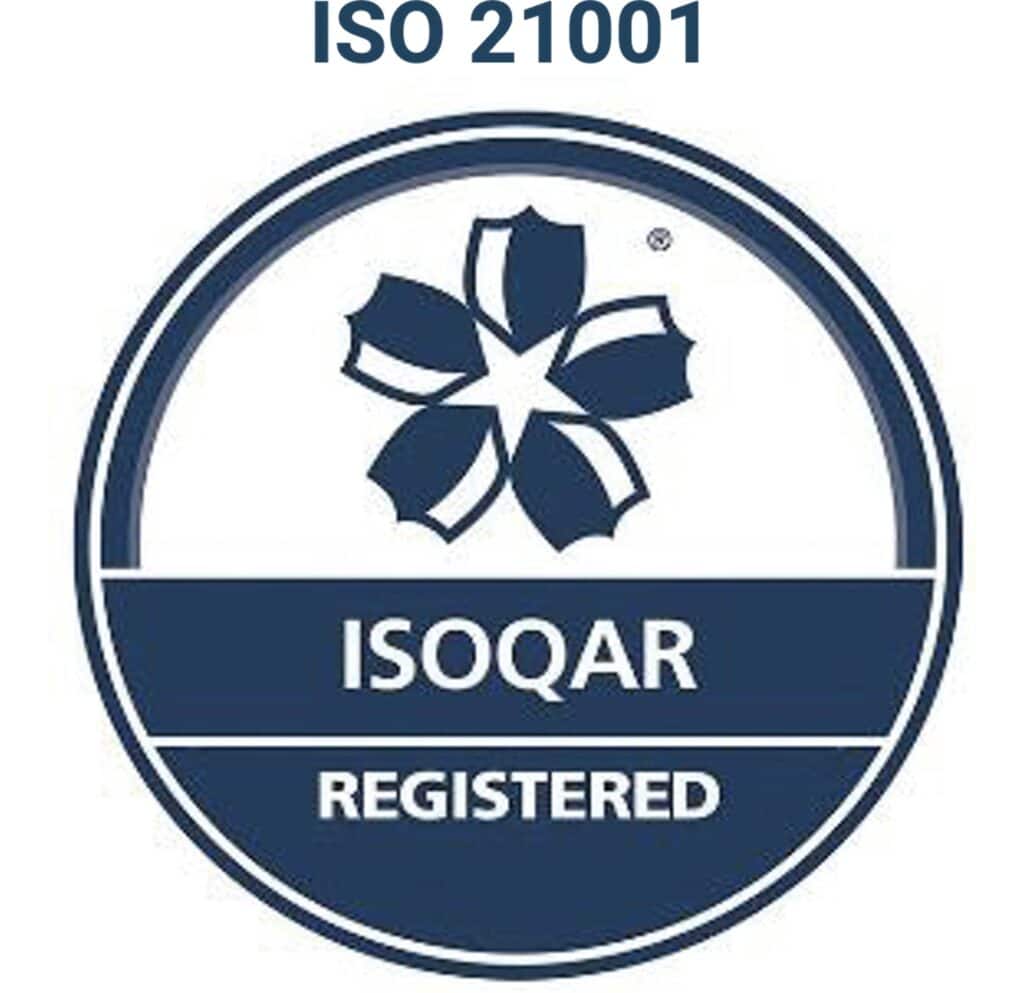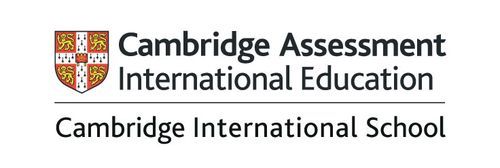Learning stations in IB Primary Years Programme (IB PYP) classrooms are especially designed to provide students with interesting and individualised learning experiences. They provide your child with an opportunity to personalise their own learning experience and discover different ways of learning that appeal most to them as individuals. For instance, at One World International School, literacy, maths and research stations are some examples of learning stations that we set up in our primary classrooms.
These learning stations allow for differentiated and personalised instruction, as students are able to explore the stations at their own pace or in a small group setting. For the most part, your child will partake in self-guided learning at these stations, but teachers are available to guide them and offer support if needed. These learning stations are particularly impactful because they allow students to engage in experiential learning and interact with their learning materials from a different perspective.
What is a Learning Station?
A learning station is a physical location in the classroom that often focuses on a specific theme and requires students to solve a problem or answer a question using the materials available at that station. When setting up a learning station, teachers can design it to be used by one student at a time or by up to three students working together as a small group. For a learning station to be effective, it must include the following elements:
- It must have a problem that students must solve or a big question that they must engage in.
- It has to feature a simple activity that students can complete independently or with minimal guidance.
- It must include essential concepts that students will be able to identify and explore further.
Different types of learning stations can be set up throughout the primary school years based on student needs and learning objectives. Many teachers find that learning stations are a good way to incorporate differentiated instruction into their lesson plans.
Benefits of Learning Stations
There are many advantages to incorporating learning stations into primary school classrooms. These are just a few of the benefits your child may realise:
- He/she will be more engaged in the classroom experience. It is exciting for children to have an opportunity to select their own assignment or experience, and complete their task at the learning station.
- There is more support available for your child. As students are engaged in self-guided work at stations, teachers have more freedom to observe the classroom and monitor progress. The teacher can assist students when necessary and provide them with one-on-one support.
- Your child will take more ownership over their work and their progress. When learning stations are available, students have an opportunity to choose the learning experience that works best for them and their personal learning style. Learning stations have been shown to increase student agency in the classroom.
- Learning stations help cultivate bonds between students and their teachers. When interacting with one another at a learning station, students and teachers are able to connect in a casual and comfortable way while still focusing on the topic at hand.
Learning Stations at OWIS
The Primary School teachers at OWIS use learning stations in a variety of exciting and innovative ways. Some of the most popular types of learning stations at OWIS include:
- Literacy Stations — OWIS students benefit from many different literacy stations in their classrooms, including reading stations, listening stations, word work stations and guided reading stations.
- Maths Stations — Maths stations are often designed to provide students with hands-on experiences that allow them to make real-life connections to the material that they are learning in the classroom. Manipulatives, technology and other materials are often available at these stations.
- Research Stations — Research stations allow students to take a more in-depth look into the themes that they are exploring in the classroom. Technology is sometimes incorporated into this station, as students dig deeper into understanding concepts and use a variety of material to find out more about the concepts they are learning about.
By creating a variety of learning stations in our IB PYP classrooms, OWIS teachers allow students to enjoy different activities at the same time. Teachers understand that all students learn differently, and some benefit more from tactile learning, while others rely more heavily on visual cues or verbal lessons. With different learning stations available, your child will be able to make independent decisions and take ownership over their learning experience. Best of all, they get to have fun while doing it, all while having a trusted teacher available to guide them if they need it.
This personalised approach is an integral part of the OWIS IB PYP philosophy, and we believe that it helps our students grow and develop into lifelong learners. To learn more about our Primary School programme, schedule a virtual tour today.
Please note: All the images in this blog were taken in pre-Covid times.
(This blog was originally written in collaboration with Ms Isvarya Hari, former Primary School Teacher, OWIS Nanyang.)
